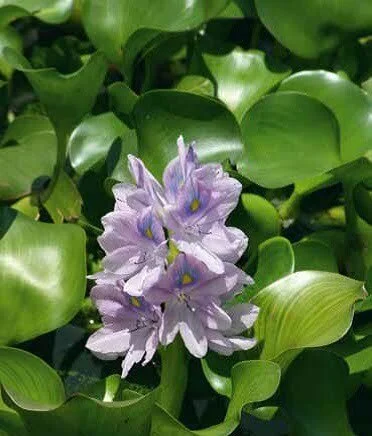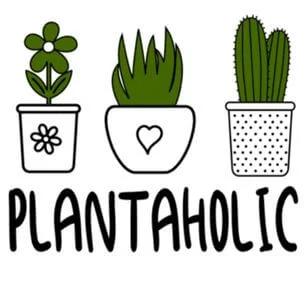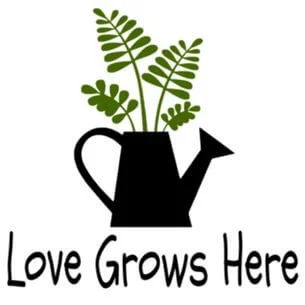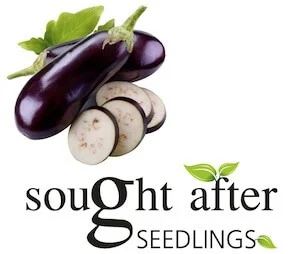Invader or alien plants are those that were introduced to South Africa
and have since become invasive, encroaching on, or even replacing,
the natural vegetation. Plant status can change over time.
 Invaders come in all plant categories, from trees and shrubs
Invaders come in all plant categories, from trees and shrubs to succulents, grasses and aquatic plants. They are often similar to local species, or to other members of their family that do not share their invasive characters.
In many areas, invader plants establish themselves because they have no natural enemies, such as insects or diseases, to hold them in check. In contrast, indigenous species often have to 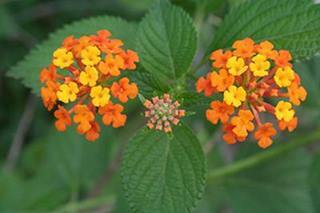 survive competition from their own natural enemies as well as from the invasive plants.
survive competition from their own natural enemies as well as from the invasive plants.
Plant invaders succeed due to their ability to grow and multiply vigorously, their high rate of seed production, their ability to sprout again after felling and their often-unpleasant taste to indigenous insects and animals.
Invader plants pose a very real threat to the environment and the economy. Apart from overrunning the natural vegetation, requiring often-expensive clearance programmes, they can choke rivers, dams and irrigation channels, reducing the amount of water available to human settlement, indigenous vegetation and local wildlife.
Whether you live in an urban environment or a rural village, it is important to
recognize invasive plants and take steps to control their spread.





